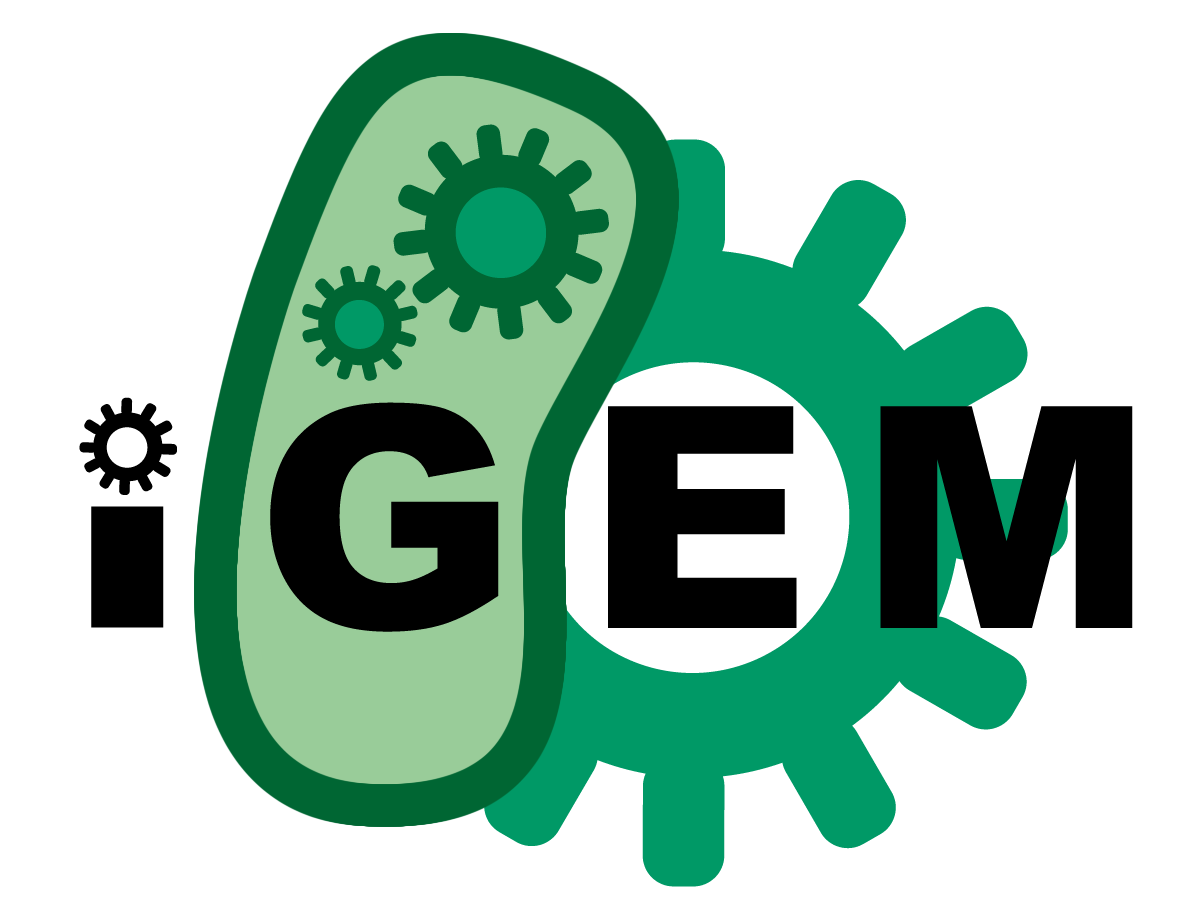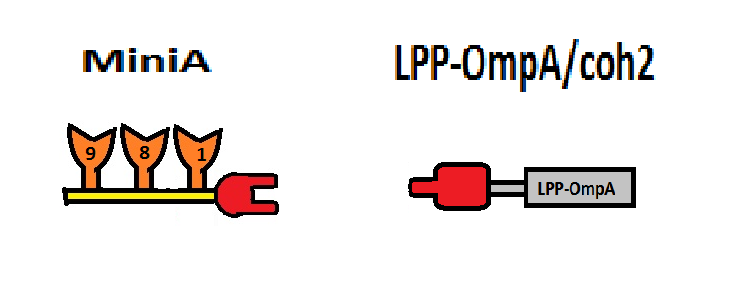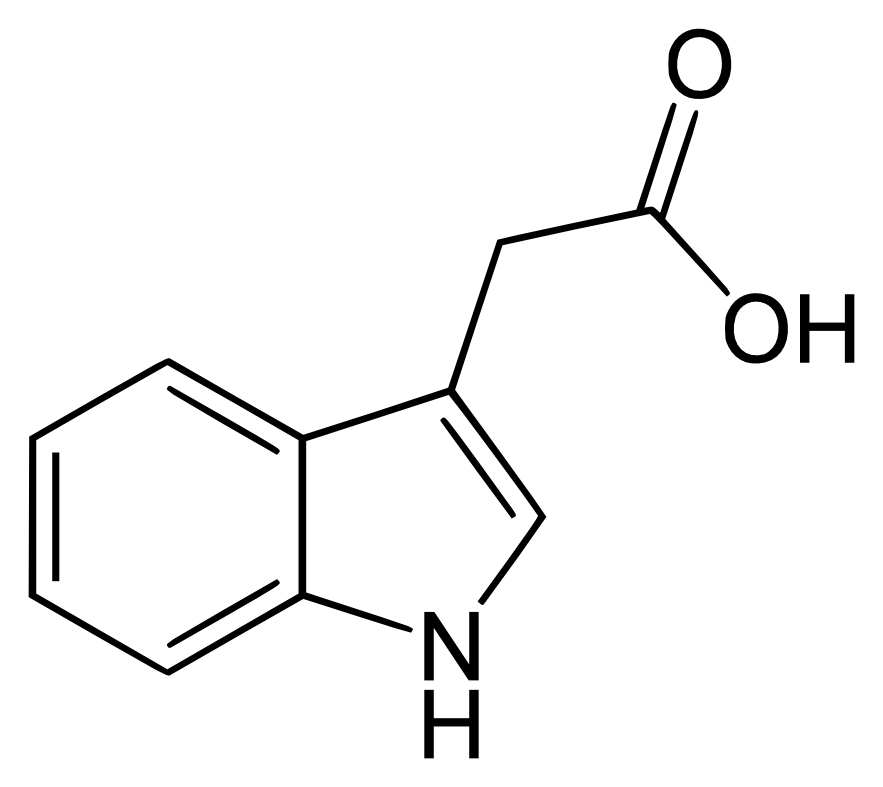Team:Evry/FrenchFrog
From 2012.igem.org
The French froggies: an artificial hormonal system in tadpoles
The Evry iGEM team is proud to introduce you to its new project: The French Froggies!
Establishment of a new chassis
So far, the engineering of living organsims has moslty been focuced on bacteria, as beeing the simplest organism to engineer. iGEM teams and laboratories have focuced on unicellular organisms in order to understand the principles underlying biology and has developped a quite comprehensive database of molecular part. Some work has been started on engineering mammalian cells and a few iGEM team had followed this trend. It is generally admitted that synthetic biology is now heading toward rational design of mulicellular organisms with numerous applications ranging from gene therapy, drug production or environmental applications. This year, our team would like to be part of that challenge.
Frogs, as well as nematodes, flies and mouses has been used for a long time as organisms of choice to study the fundamental principles of biology in multicellular organisms, and an all range of genetic and micro injection techniques has been developped for them. But so far, very little work has been done in engineering de-novo systems in these organisms, as we are aming at in synthetic biology.
This year, the Evry iGEM team iq going to be the very first iGEM team to work on a vertabrate, and our work is focuced both on developping genetic tools and standard protocols for the iGEM community. We beleive the tadpole is a chassis of choice for iGEM on multi cellular organisms, and we would like to demonstrate the feasibility of engineering Xenopus Laevis and Xenopus trocicalis in the iGEM time and technological constraints through the development of a very original project: the development of a new orthogonal hormonal system in Xenopus.
Auxin as a new hormonal system in Xenopus
Our project this year is to demonstrate the feasibility of building de-novo a new hormonal system, in Xenopus Tropicalis, orthogonal to any endogenous hormonal system existing in the tadpole. The molecule we have choosen to use as an hormon is a plant hormon called Auxin (IAA) well known for beeing gesponsible of the plant and the roots growth. A very extensive work has been done on this hormon in E. coli and Arabidopsis Thaliana last year by the [Imperial College of London iGEM team]
Auxin is a molecule of choice for working on tadpole becaus of its similarity to tryptophane. It is amphiphilic and hydrophobic so we assume it can cross the biological membrane easily but its toxicity is reported to be very weak. It can be synthetized in a two step pathway from a tryprophane precursor and a cytosolic receptor for this hormone from the rice has been shown to work in mammalian cells successfully[#references|1].
An inter tissues communication
Auxin Inductible Degron system
Biosensors
We will then create the "biosensors" and "biomonitors", capable of detecting pollutants in water by human societies. Its metabolism is similar to humans, but with a shorter life cycle, it is more readily possible to evaluate the impact of these molecules in animals and human beings who consume the contaminated water.References:
- Paper, author, journal, 2011
 "
"




